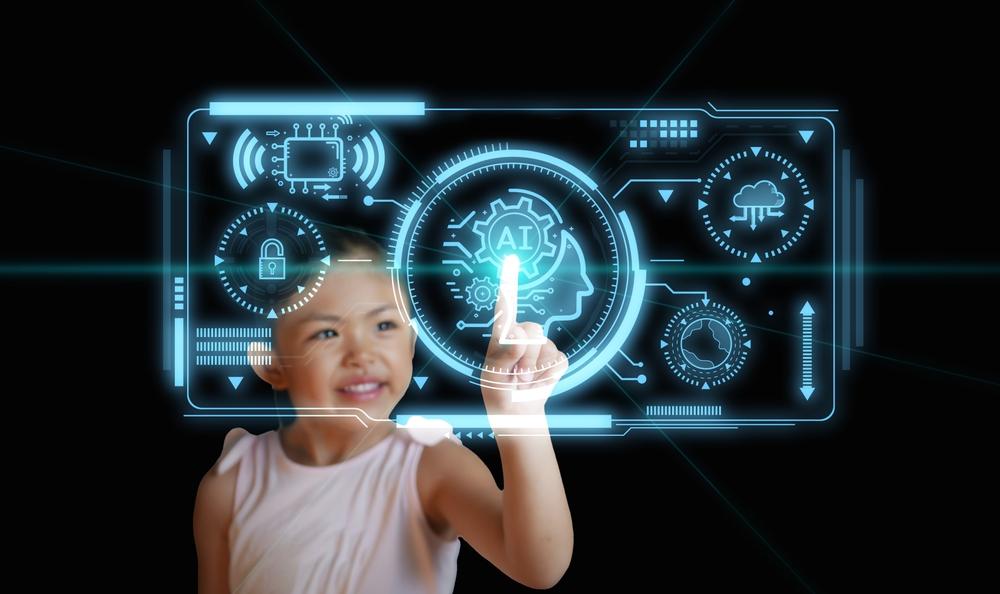How AI Is Revolutionizing Education: Global Advances in personalized Learning
Artificial intelligence (AI) is rapidly shaping the future of education, ushering in a new era of personalized learning. From adaptive platforms to bright tutoring systems, the integration of AI in classrooms worldwide is making learning more flexible, inclusive, and effective than ever before. In this thorough article, we delve deep into how AI is revolutionizing education, examine global advances, and provide actionable insights for educators and institutions looking to adopt these transformative technologies.
Understanding AI in Education
AI in education refers to the use of machine learning algorithms, natural language processing, and data analytics to tailor educational experiences. Unlike conventional teaching methods, AI-powered systems can:
- Analyze student performance data in real-time
- Adapt content to individual learning styles
- Automate administrative tasks for educators
- Provide instant feedback and support for students
These technologies are not replacing teachers, but rather empowering them to focus on what matters most: inspiring and guiding students.
Global Advances in Personalized Learning
Over the past few years,educational institutions and tech innovators across the globe have embraced AI to pioneer personalized learning experiences. here are some key developments:
1. Adaptive Learning Platforms
Platforms like dreambox Learning in the United States and Squirrel AI in China leverage AI to dynamically assess learners’ strengths, weaknesses, and preferences. These systems then curate personalized curricula,ensuring students receive targeted instruction and practice where thay need it most.
2. Intelligent Tutoring systems
AI tutors, such as Carnegie Learning’s “MATHia” and India’s “embibe,” simulate one-on-one guidance traditionally offered by human tutors. these systems use deep analytics to monitor student progress, identify misconceptions, and deliver tailored feedback, increasing mastery and confidence in learners.
3. Automation of Administrative Tasks
AI-powered tools are helping educators focus less on rote tasks and more on meaningful interactions. Solutions like Jill Watson—a virtual teaching assistant developed at Georgia Tech—can answer routine student queries, grade assignments, and schedule meetings, streamlining classroom management.
4. Language Learning and Accessibility
AI is bridging gaps for students with diverse linguistic and learning needs. applications such as Duolingo use natural language processing to personalize vocabulary, grammar, and pronunciation exercises, while AI-driven audio transcription and translation tools make content accessible for students with disabilities or those studying in a second language.
Key Benefits of AI-Powered Personalized Learning
- Individualized Learning Experience: Customizes study paths based on student strengths, weaknesses, and pace.
- Increased engagement: Gamified AI modules and targeted feedback boost motivation and participation.
- Scalable Support: Enables one-to-one assistance for millions of students without human resource constraints.
- Data-Driven Insights: Provides educators with actionable analytics to inform instruction and intervention.
- Inclusivity and Accessibility: Supports learners across different languages, backgrounds, and abilities.
Case Studies: AI’s Impact Around the World
Case Study 1: Squirrel AI, China
Squirrel AI harnesses deep learning algorithms to analyze every input from students and adjust the difficulty, pace, and content of lessons accordingly. pilots in more than 1,000 schools have shown:
- 30% enhancement in math test scores
- Significant reduction in dropout rates
Instructors report more time for creative teaching, while students express greater confidence in exams.
Case Study 2: Content technologies Inc., United States
CTI developed AI tools to generate customized digital textbooks from syllabi and curriculum objectives. This solution allows teachers to:
- Curate content suited to class progress
- Provide up-to-date study materials for diverse subjects
Schools leveraging CTI’s solutions cite improved attendance and engagement, particularly among learners who struggled with generic textbooks.
Overcoming challenges in AI Adoption
While AI presents enormous potential, there are hurdles to overcome:
- Data Privacy Concerns: Educational institutions must ensure compliance with global data protection regulations.
- Equitable Access: disparities in technology infrastructure can limit adoption in underserved communities.
- Teacher Training: Successful implementation requires robust support and training for educators.
Collaboration between technology providers,governments,and schools is vital to address these issues and create sustainable,inclusive AI solutions.
Practical Tips for Implementing AI in Education
- start Small: Begin with pilot programs focused on specific subjects or grade levels.
- Select Trusted Tools: Evaluate AI platforms for accuracy, reliability, and privacy standards.
- Invest in Professional Progress: Offer ongoing training for teachers and administrators.
- Seek Student Feedback: Regularly survey learners to optimize experiences and adjust systems.
- Monitor Outcomes: Use analytics to assess impact on engagement,achievement,and retention.
First-Hand Experience: A Teacher’s Perspective
“Integrating AI into my classroom has transformed how I teach and how my students learn. The adaptive feedback helps me pinpoint where each student needs support,and automating routine tasks lets me focus on creating meaningful connections. The learning curve for us as educators is real, but the payoff in student achievement and engagement makes it worthwhile.”
– Emma L., Secondary School Teacher, UK
The Future of AI in Education
As AI technology continues to evolve, we can expect even greater advances in personalized learning. Future trends may include:
- Emotion-Aware AI: Systems that detect student mood and adapt lesson delivery accordingly.
- Virtual Reality Integration: Immersive, AI-guided experiences for science, history, and vocational training.
- Global Collaboration: AI-enabled platforms fostering cross-border educational projects and exchanges.
By remaining agile and forward-thinking, educators and institutions can ensure their students benefit from these exciting innovations.
conclusion
Artificial intelligence is reshaping the educational landscape,making personalized learning a practical reality across the globe. By harnessing adaptive platforms, intelligent tutors, and data-driven insights, educators can better support individual student needs while scaling high-quality learning for all. As advances continue,overcoming challenges around privacy,access,and training will be essential. Ultimately,AI-powered education promises a more engaging,inclusive,and effective future for learners everywhere.
Are you ready to explore the power of AI in your classroom? Stay tuned for more insights on educational technology and personalized learning breakthroughs!

